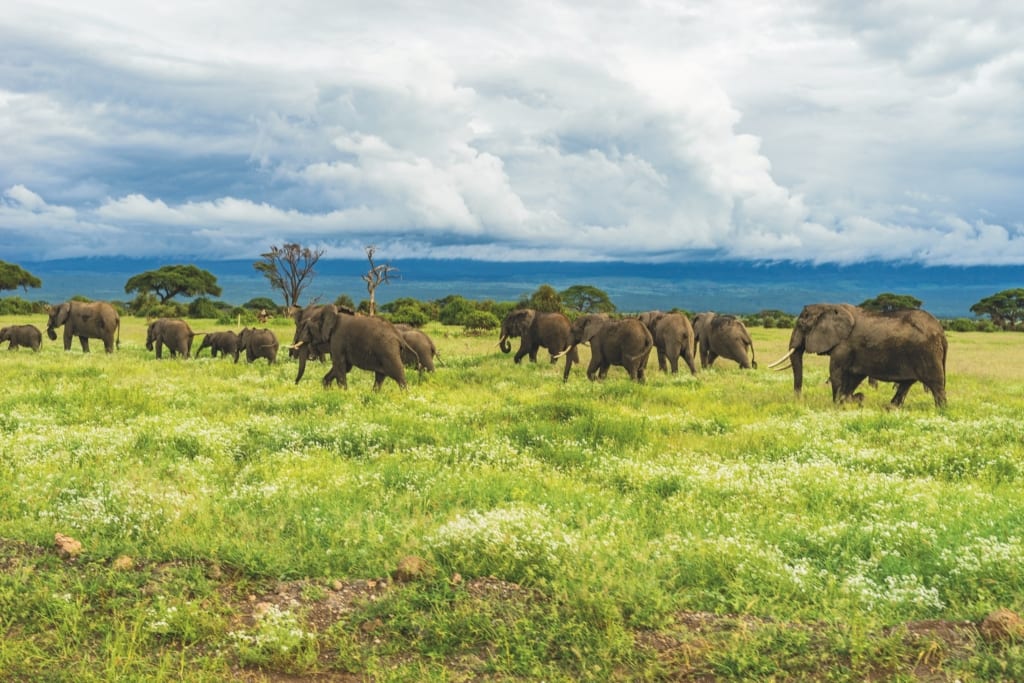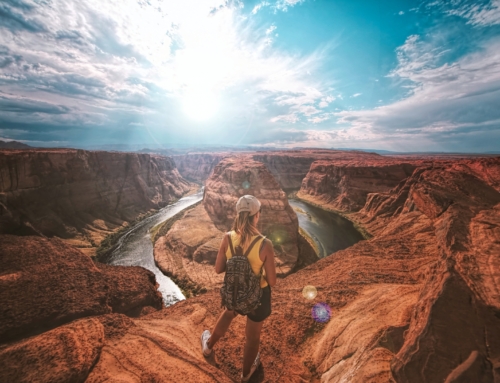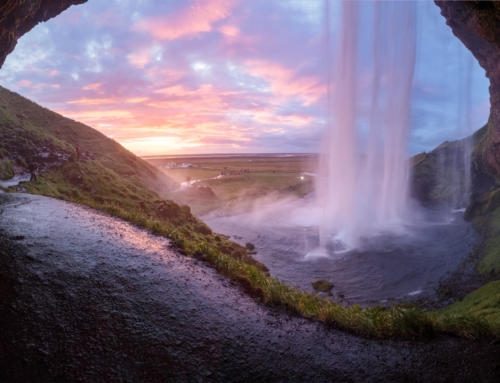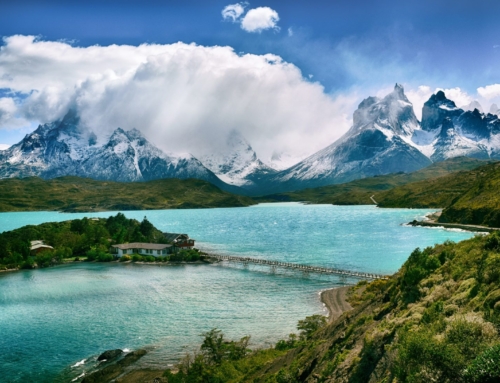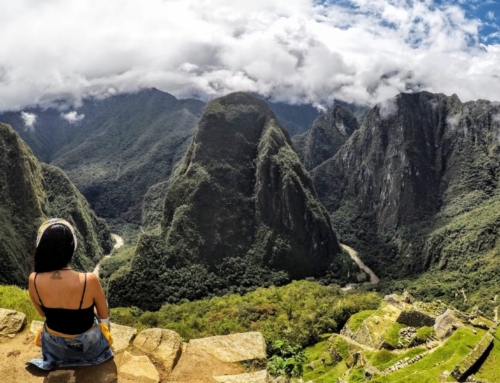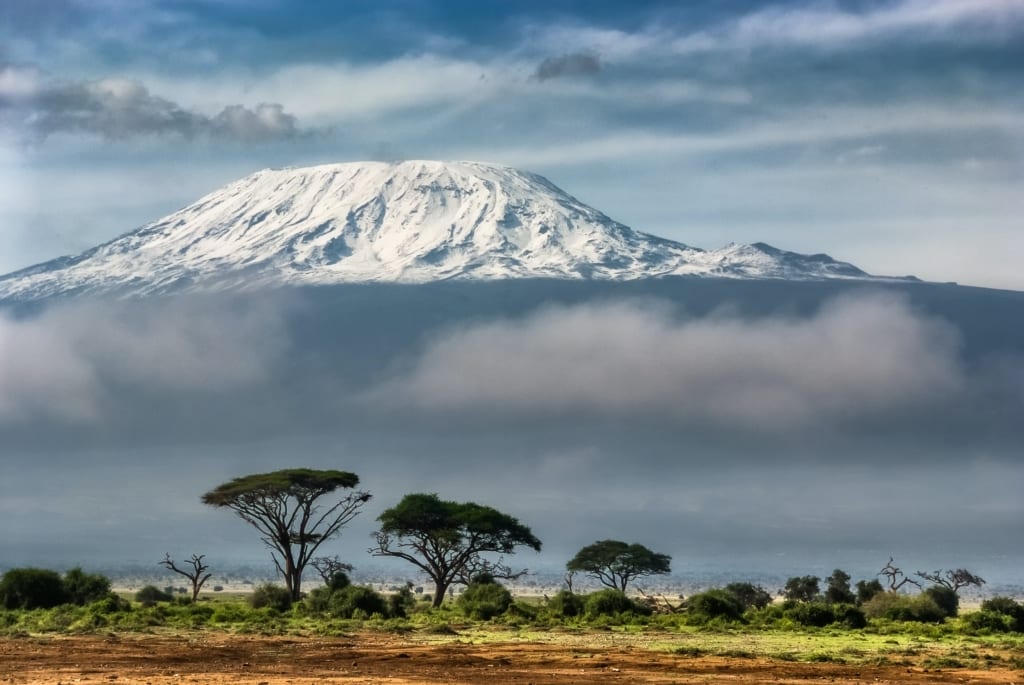
14 Things to Know Before You Climb Mount Kilimanjaro in 2024
This legendary mountain promises to whisk you up to the roof of Africa, to places where snow fills ancient craters above sweeping plains trodden by elephant herds. Before you climb Mount Kilimanjaro, you should know it is not going to be easy. There’s 19,341 feet (5,895 meters) of elevation and several days of hard trekking between you and the summit. But don’t let this deter you because there’s really nowhere quite like it on the planet!
My Experience on Mount Kilimanjaro
Whenever someone asks me about my favorite trekking expeditions on the planet, I know Mount Kilimanjaro will be close to the top. The whole climb up this imposing volcano that soars above the savannahs of the East Africa Rift Valley is a journey I’ll never forget. The scenery is never the same on two days – one day you’re navigating lush forests, the next you’re crossing scree-covered lava fields or staring in the face of glaciers.
Then there’s the human side of this trek. The guides that will take you up and back are much more than just guides. They fast become compadres in an experience that’s going to change your life; sources of encouragement when things get tough (and things WILL get tough on your Kilimanjaro climb!), but also company and companionship in a strange and inhospitable land soaring high in the sky.
I’ve experienced the wonder of this incredible adventure and it’s my hope you will too. Here is my guide to 14 things every hiker should know before they set foot on the Mount Kilimanjaro trails.
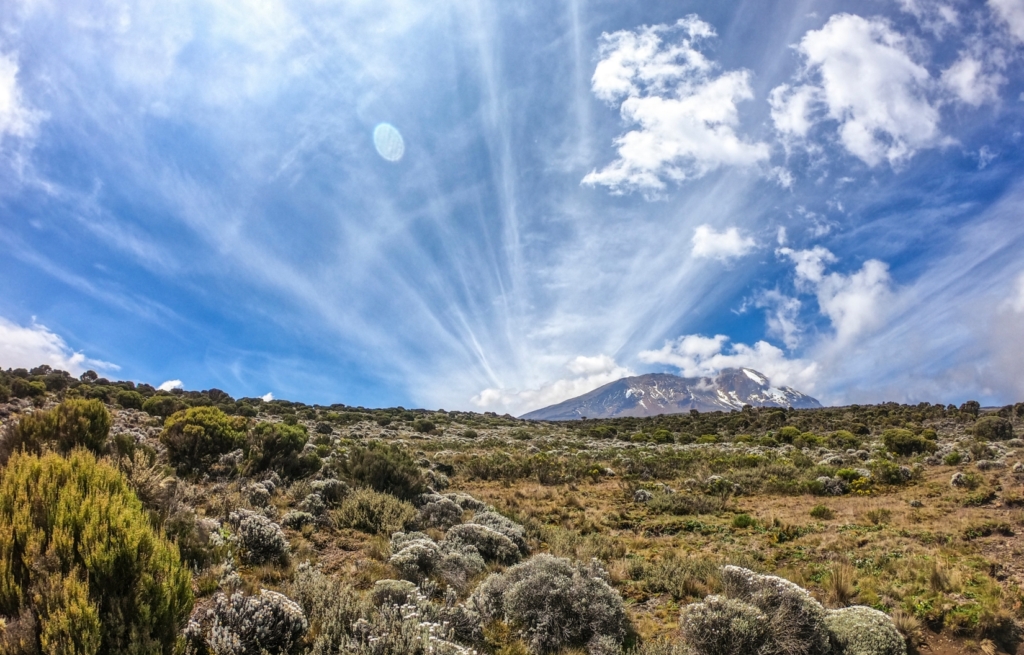
1. Mount Kilimanjaro, the Highest Mountain in Africa, is Located in Tanzania
Mount Kilimanjaro, the highest mountain in Africa, is located on the fringe of Northern Tanzania. It’s the centerpiece of its very own region – the Kilimanjaro Region – which extends south and east from the mountain itself as it skirts the border with Kenya. The main town here is Moshi, now established as the base for most trekking expeditions on all the main southern routes up to the peak. The nearest major city is the safari-circuit hub of Arusha, some 50 miles (80 kilometers) to the west.
2. You’ll Likely Get to Mount Kilimanjaro From Moshi
The Kilimanjaro International Airport (JRO) is the way most trekkers enter the Kilimanjaro Region. It’s a very convenient place to touchdown, sitting just under an hour’s transfer from Moshi, the main base for accessing the popular trailheads on the south side of the peak. Today, there’s a good array of inward flight options, including long-haul links to Doha and Amsterdam for those not already in Africa. It’s likely that your trekking outfitter will have planned private transfers to the hike starting point on the day you begin your ascent.
3. The History of Climbing Mount Kilimanjaro is Rich
There’s a long human history related to this great peak. Local folklore tells of how Mount Kilimanjaro was the grave site of ancient, mythic elephants. Greek cartographer Ptolemy records sailors witnessing the massif from the sea, supposing it to be the source of the mighty River Nile. But the first officially recorded European sighting of Kilimanjaro didn’t come until the explorations of Johannes Rebmann in the 1840s.
It wasn’t long after his writings were published, telling of a “vast mountain of gold and silver,” that the climbing expeditions came. Prussian Karl Klaus von der Decken was first to give it a go, followed by several other teams who made it to no higher than 13,000 feet (3,962 meters), spying the start of the ice fields that were then much larger than they are today.
In 1889, the duo of Hans Meyer and Ludwig Purtscheller, supported by the Swahili porter Mwini Amani, made it to the very top of Kilimanjaro’s highest point, atop the crater rim of Kibo. They did it over the course of several days, establishing base camps at various points along the ascent and on the great saddle. It would be another 23 years before climbers managed to conquer the more technical summit of Mawenzi peak.
4. It’s a Mountain Made of Both Extinct and Dormant Cones
An interesting fact is that Mount Kilimanjaro is the product of over three million years of volcanic activity in the East African Rift. Over that time, the mountain has been shaped and reshaped, cracked and exploded, added to and whittled away by the trade winds. The result? A pretty strangely shaped massif of a mountain with several individual peaks and summits.
Those who climb Kilimanjaro will usually be heading for the highest point of the mountain: Uhuru Peak. That officially stands at a cloud-splintering 19,341 feet (5,895 meters) above sea level, although different surveys have put it at different heights since the 1960s. Uhuru Peak itself is the pinnacle of the Kibo cone, the largest volcanic dome on Mount Kilimanjaro; still dormant, and still home to fumaroles that spurt sulfuric gas into the air.
To the west is the second-highest and extinct cone of Mawenzi at 16,893 feet (5,149 meters). They’re linked by a big saddle of Mars-like landscapes where you’ll camp on the first day on certain routes up Mount Kilimanjaro. Mawenzi itself is a heavily-eroded rock stack that can be climbed but is considered extremely challenging.
5. The Best Time to Climb is During the Dry Season
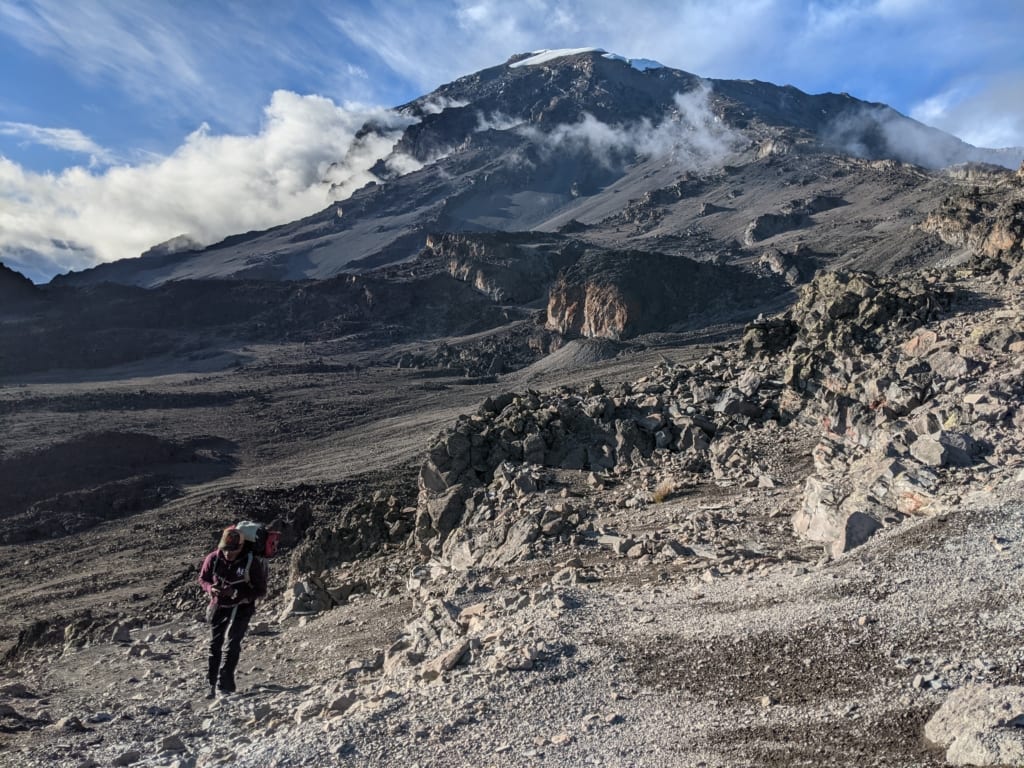
Mount Kilimanjaro is a fair-weather mountain. Yes, you can attempt to climb Kilimanjaro at virtually any time of the year, but it can be a miserable affair during the Tanzania monsoons. Higher precipitation levels are typically from March through June and October through December. This wet season brings loads of rain and turns certain sections of the trail to mush and mud. The views will also suffer, as clouds come across to hide the rolling Serengeti and Mount Meru in the distance.
The best time of year to climb Kilimanjaro is during the dry season. It is much better climbing weather between June and October. After the coming of the southeast monsoon, there are roughly three months of dry conditions that are perfect for climbing Kilimanjaro and enjoying clear skies then. Another break in the rain happens in January to March. That tends to be the cooler of the two trekking seasons, offering more chances of snow on the summit of the Kibo cone.
6. You Have Seven Routes to Pick From
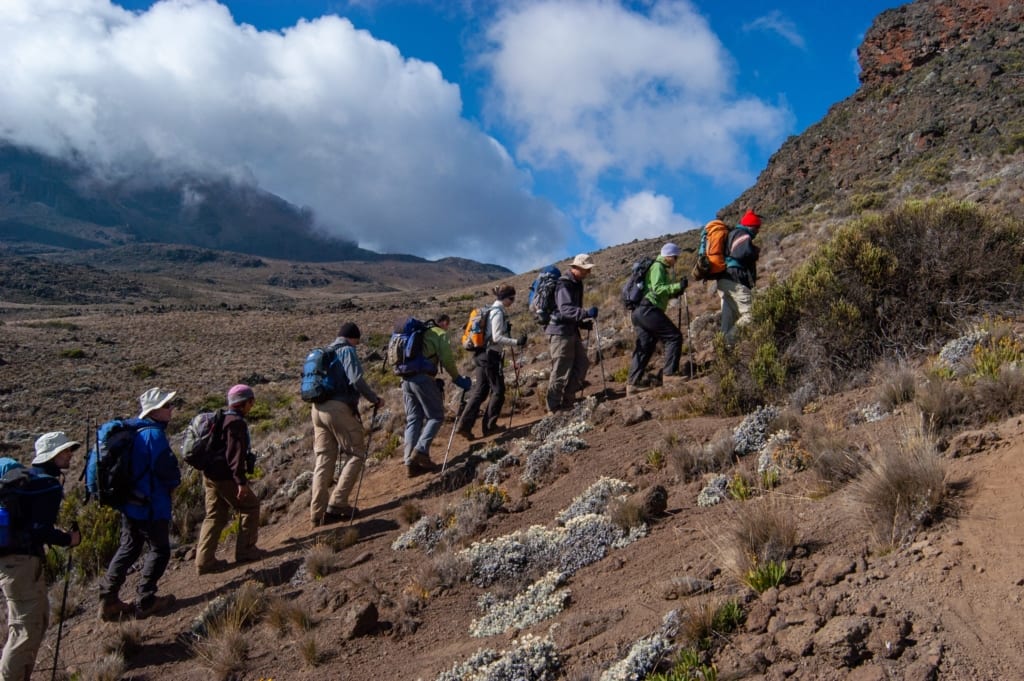
Mount Kilimanjaro provides a number of climbing routes to the summit. There isn’t just one route to the top like many iconic mountains. In fact, there aren’t even three or four routes. Nope. There’s a whopping seven individual climbing routes to reach Africa’s tallest peak! Each climbing route comes along with its own unique challenges, views, and durations.
We’d say that route selection is one of the most important things you’ll need to consider before you climb Kilimanjaro. Thankfully, things are made a little easier by the fact that the vast majority of climbers go for one of three main routes: The Machame Route, the Marangu Route, and the Rongai Route.
The star of those three routes is the seven-day Machame Route. It’s becoming the go-to way up for tour providers because it offers a great balance between views and acclimatization to the altitude. These days, over 35% of all the people on the mountain will be on the Machame Route. Still, the rewards are fantastic, as you skirt the edge of the Kibo volcano cone and enjoy sweeping panoramas of the north Tanzanian plains below.
7. It’s Not a Technical Climb
When experienced mountaineers talk of technical climbs, they’re referring to the ones that need some sort of special skill set, knowledge or equipment to complete. That could be anything from navigating a crevasse on the Khumbu Icefall of Mount Everest to dangling over a traverse on K2 from a rope and a carabiner. The key thing to know about climbing Mount Kilimanjaro is that it isn’t that sort of mountain.
The tallest summit in Africa is even nicknamed ‘Everyman’s Everest’ because almost anyone can take on the challenge, even beginners. You won’t have to be a veteran of the high Andes or the Himalaya to get to the top, and first-timers won’t have to undergo any special technical training to manage the trail.
That’s not to say that the Mount Kilimanjaro trek is an easy one. It most certainly is not. It’s long, arduous, and involves hiking at very high altitudes (more on that later). The point is that you won’t need to be a budding Tenzing Norgay to strike Africa’s tallest peak from your bucket list.
8. Altitude Sickness is a Common Obstacle
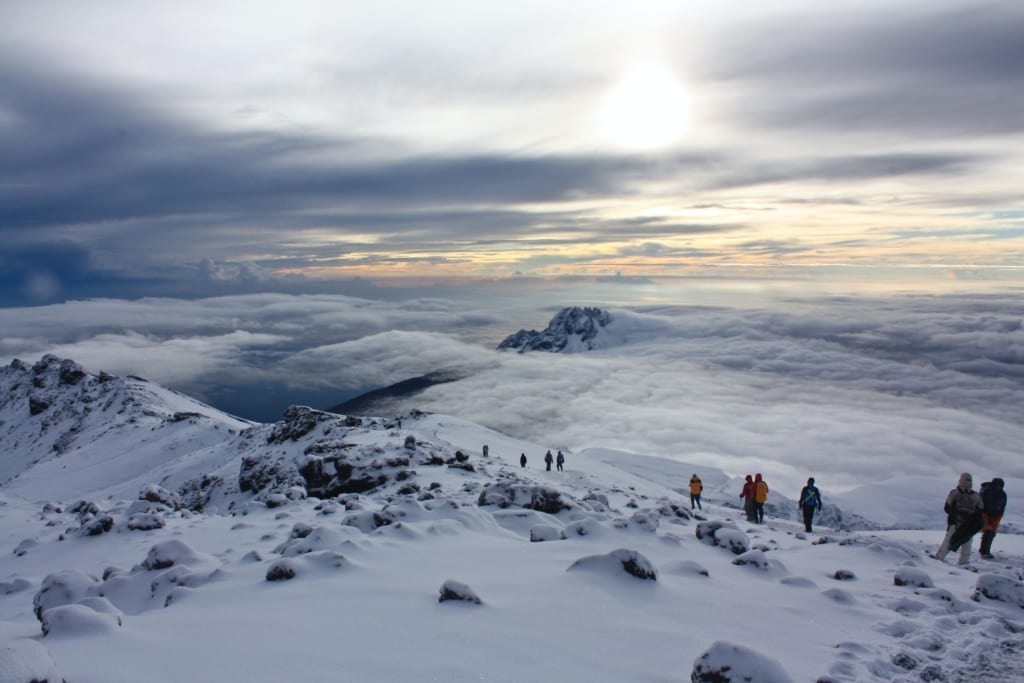
Mount Kilimanjaro isn’t an uber-hard trek in terms of technicality, so why do so many folks fail to hit the top? It’s all down to the main hurdle on this hike: Altitude.
Mount Kilimanjaro presents a unique challenge in that it goes very high, very quickly. One day you’ll be baking in the balmy grasslands of northern Tanzania only 2,000 feet (609 meters) up, the next you’ll be scaling the scree ridges to the Shira Camp that sits more than 12,500 feet (3,810 meters) up. It’s a big difference in altitudes and means there’s not the same slow ascent through the African foothills here that you get in, say, the Mahalangur Himal of Mount Everest.
The key to success is good acclimatization. You can also ensure you’re prepared by checking out our guide to Hiking at High Altitude: 5 Things to Consider. Lots of guides dropped the Marangu Route for the exact reason that it only took five days and didn’t have too many high-perched camping options. The Machame Route is different because you get to spend three nights camping at roughly the same level to prepare for the summit push. Experienced climbers know it’s best not to rush your ascent.
Also, be wary that Acute Mountain Sickness (AMS), the most debilitating effect of high-altitude climbing, can strike anybody on this trek, even the fittest of climbers. In fact, it hits an estimated 77% of all people who climb Kilimanjaro, presenting as nausea, headaches, and a loss of appetite. Serious cases can even be fatal, so it’s very important to know what you’re heading into.
9. Climbing Mount Kilimanjaro Takes Multiple Days
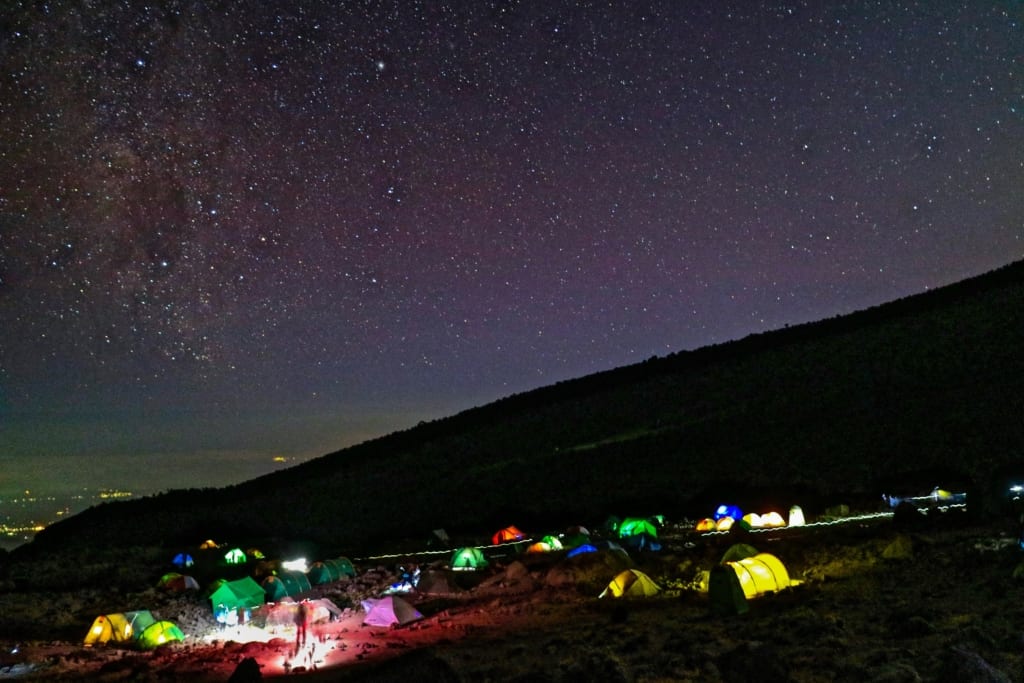
A climb up Kilimanjaro cannot be conquered in a single day’s work. It’s as simple as that. Imagine soaring to a whopping 19,341 feet (5,895 meters) above sea level and clocking up a prominence (the distance from the base of the mountain to the summit) of 16,000 feet (4,900 meters) – it’s a monster of a peak that needs some dedication to complete.
To know how many days are best, take it from the experts. The International Climbing and Mountaineering Federation (UIAA) recommends that all trekkers plan for at least seven days to climb Kilimanjaro. That involves five days of walking before you even make a push for the top.
The reason is mainly down to the requirements of acclimatization. The most popular ways to climb up, like the Machame Route, draw out the hike to allow for peaks and troughs in altitude, and for various camps at various elevations. That helps to reduce the likelihood of AMS and increase the chance you’ll hit the summit above the clouds.
10. There’s a Wide Range of Accommodations
We’ve already mentioned how the town of Moshi is the gateway to the vast majority of Kilimanjaro trekking paths. That’s where you’ll want to stay just before your expedition, and probably after to recover. It’s a rather lively and loveable place, replete with excellent cafés (the town also doubles as the main trading center for the region’s coffee growers) and rambunctious marketplaces that brim with exotic fruit and veg. Hotels abound for post- and pre-trek stays in Moshi. In fact, there’s everything from backpacker hostels to lux rainforest lodges.
Once you’re on the trail, camping is likely to be the accommodation of choice. Only the Marangu Route has permanent huts. On all the other ascents and descents, you’ll be bedding down in designated campgrounds, usually in high-performance tents that are provided by your trekking outfitter. Generally, the campgrounds on Kilimanjaro are well-maintained but basic. Only the low-altitude sites have running water and there are none with electricity.
11. Many Never Finish Their Climb Up Mt Kilimanjaro
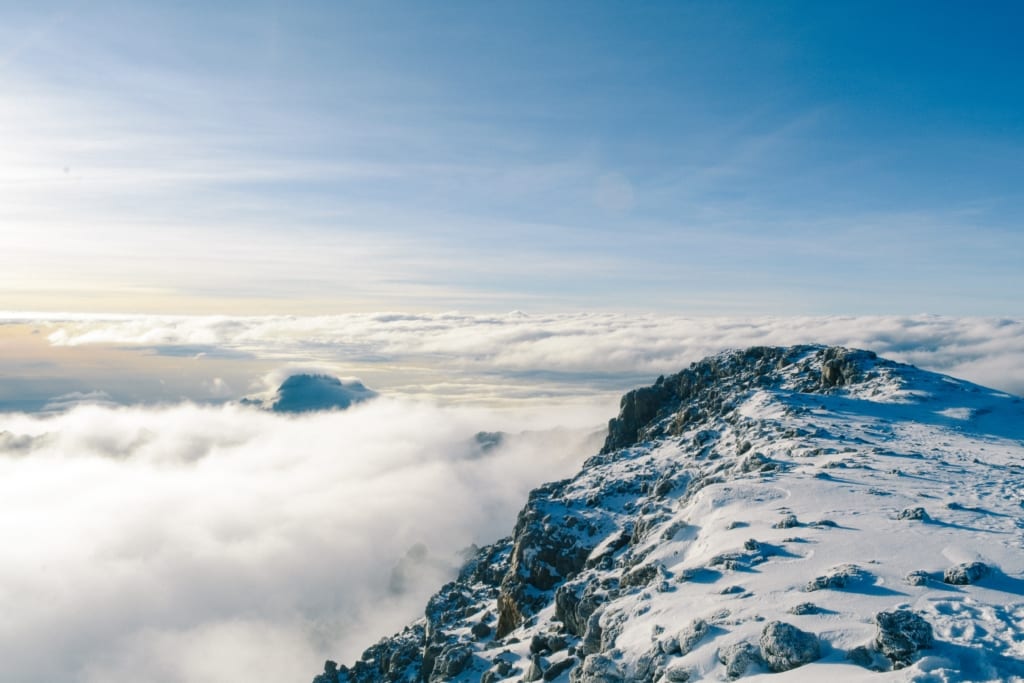
Some estimations have it that over 50,000 climbers each year attempt to reach the top of Mount Kilimanjaro. That’s pretty immense – considering only 40,000 or so complete the uber-famous Everest Base Camp trek!
But starting the trail isn’t the same as finishing the trail. In fact, it’s believed that the success rate of those who plan to climb Mount Kilimanjaro is around 65% overall. That includes all trekkers on all the different paths, which should give you a rough idea of just how challenging this peak can be to climb.
Most groups of climbers are forced to turn around because of altitude sickness. The only cure for acute cases of AMS is to drop back down to under at least 8,200 feet (2,500 meters), so there’s no option to ride it out on the mountain if things get too bad. Other trekkers will be forced to abandon an expedition on account of the weather, which can change fast on Mount Kilimanjaro, especially if you come during the monsoons. You’ll also want to know about these seven other Important Reasons To Turn Back During An Adventure.
12. Kilimanjaro is One of the Most Topographically Prominent Mountains in the World
It’s the sheer variety of terrain that really marks Kilimanjaro out from other up-and-back trekking destinations. This is the fourth most topographically prominent mountain on the planet, and that means you’ll cover a whole medley of different climatic zones as you ascend.
Take the Machame Route as an example. It lifts you from a trailhead at just 5,900 feet (1,800 meters) to the summit at over 19,000 feet (5,800 meters). To begin with, walking is through verdant montane rainforests filled with blue monkeys and colobus monkeys, where the juniper and fern trees are caked in blooms of moss run amok. After that, you push into semi-alpine moorlands that sprout the iconic Dendrosenecio bulbs, a woody and hardy highland sunflower plant. Then it’s onto the alpine plateau, a rocky swathe of lunar-like land where only the hardiest succulents can survive. Finally, you climb past 16,000 feet (4,900 meters), the zone where snow coverage is most likely.
Of course, the differences in terrain and foliage are only half the story. There are also huge swings in temperature and precipitation at varying levels on Kilimanjaro. That, in turn, means hikers need to prepare for all climates, with good layering and equipment to suit each part of the climb.
13. Be Prepared for Varied Weather Conditions on Mount Kilimanjaro

While packing the woolies and the thermals would raise a laugh if you were heading to 99% of East Africa, a Mount Kilimanjaro climb really does call for something a little warmer than an aloha shirt. That might not be the case on day one of your trek, large parts of which are in the so-called Cultivation Zone and the Rainforest Zone, which are home to baboons and bushbabies and enjoy a humid subtropical climate.
Further up, though, things will get chilly pretty quick. In fact, you may climb through five unique climate zones. From 9,000 feet to 13,000 feet (2,743 meters to 3,962 meters), you’ll cross Moorland where thermometers can easily drop to 0 degrees Fahrenheit (-17 degrees Celsius) in the night. The intriguing Highland deserts come next. They take you to the heady heights of 16,000 feet (4,877 meters), showcase the strange flora of Mount Kilimanjaro, and often see dustings of frost in the mornings and evenings.
The coldest part of the whole mountain is the summit. Climatically speaking, it’s an Arctic Zone. It gets started around 19,340 feet (5,895 meters) up and means snowdrifts, ice, and glaciers, not to mention ambient temperatures of 14 to 23 degrees Fahrenheit (-5 to -10 degrees Celsius). Brrr! With varying temperatures like these, you’ll want to pack accordingly.
14. You Will See Awesome Sights En Route to the Summit
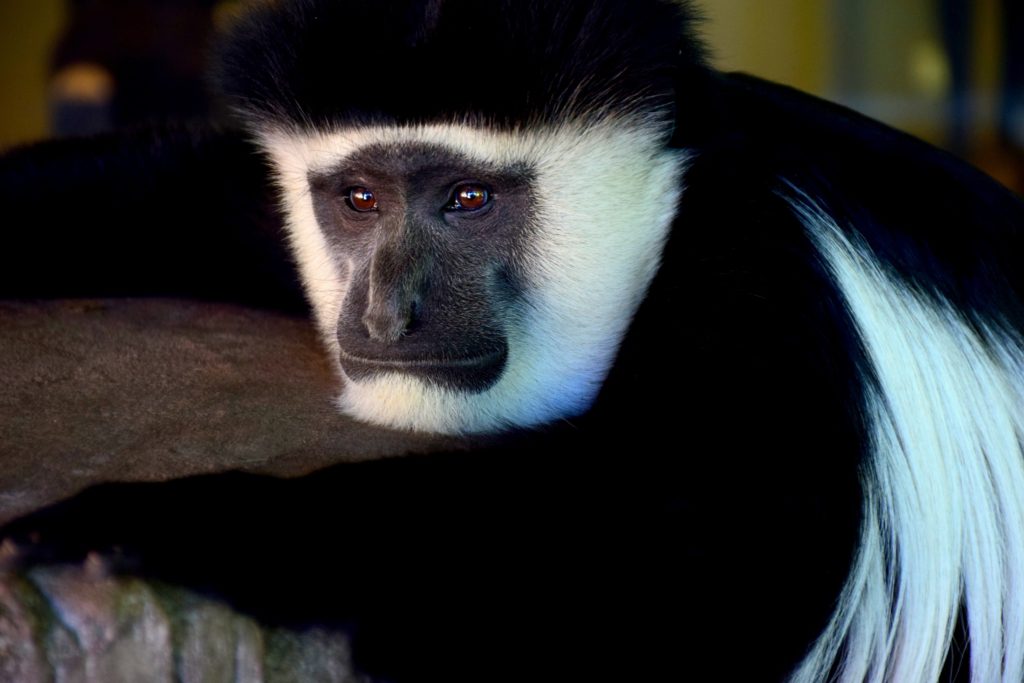
Try not to simply see the trek to the summit of Mount Kilimanjaro as just that – a trek to the summit. When you climb Kilimanjaro, it is so much more. Any adventure on this incredible mountain is worth it in its own right, no matter if you hit the highest heights of Uhuru Peak on the Kibo cone or not.
For example, as you walk through the first stages of the Rongai Route and the Machame Route, you will pass through thick dashes of rainforest where blue colobus monkeys, giraffes, and even rhinos make regular appearances. The higher you climb, you’ll encounter the strange torch lily flowers and Tanzania’s colossal lobelia plants. Then you get to the Arctic part of the climb, where you can explore lunar landscapes on the saddle between the main volcano cones and spy out the ice walls of the Rebmann Glacier. So remember, it’s not just about getting to the top of the summit!
I hope you enjoyed this guide on Things to Know Before Climbing Kilimanjaro. If you’re curious to learn more, be sure to check out our list of Fast Facts About Mount Kilimanjaro to get answers to the most-asked Kilimanjaro questions.
If you have any questions or want to climb Mount Kilimanjaro with the finest guides in Tanzania, my team of travel experts would love to hear from you so connect with us today. We are The Explorer’s Passage, the premier adventure tour company on the planet. Learn more about how our native guides have been leading adventures to Mount Kilimanjaro for over 20 years and have been recognized as the best tour leaders on the globe.
And if you love travel as much as we do, check out the many other amazing adventures we offer.
I hope to go exploring with you soon!
Cheers,
Jeff
Jeff Bonaldi
Founder & CEO
The Explorer’s Passage
About Jeff Bonaldi
Jeff Bonaldi is the Founder and CEO of The Explorer’s Passage, a premier adventure travel company. His mission is to provide travelers with the opportunity to transform their lives and the planet through the power of adventure.
Learn more about Jeff’s story and his company HERE.


